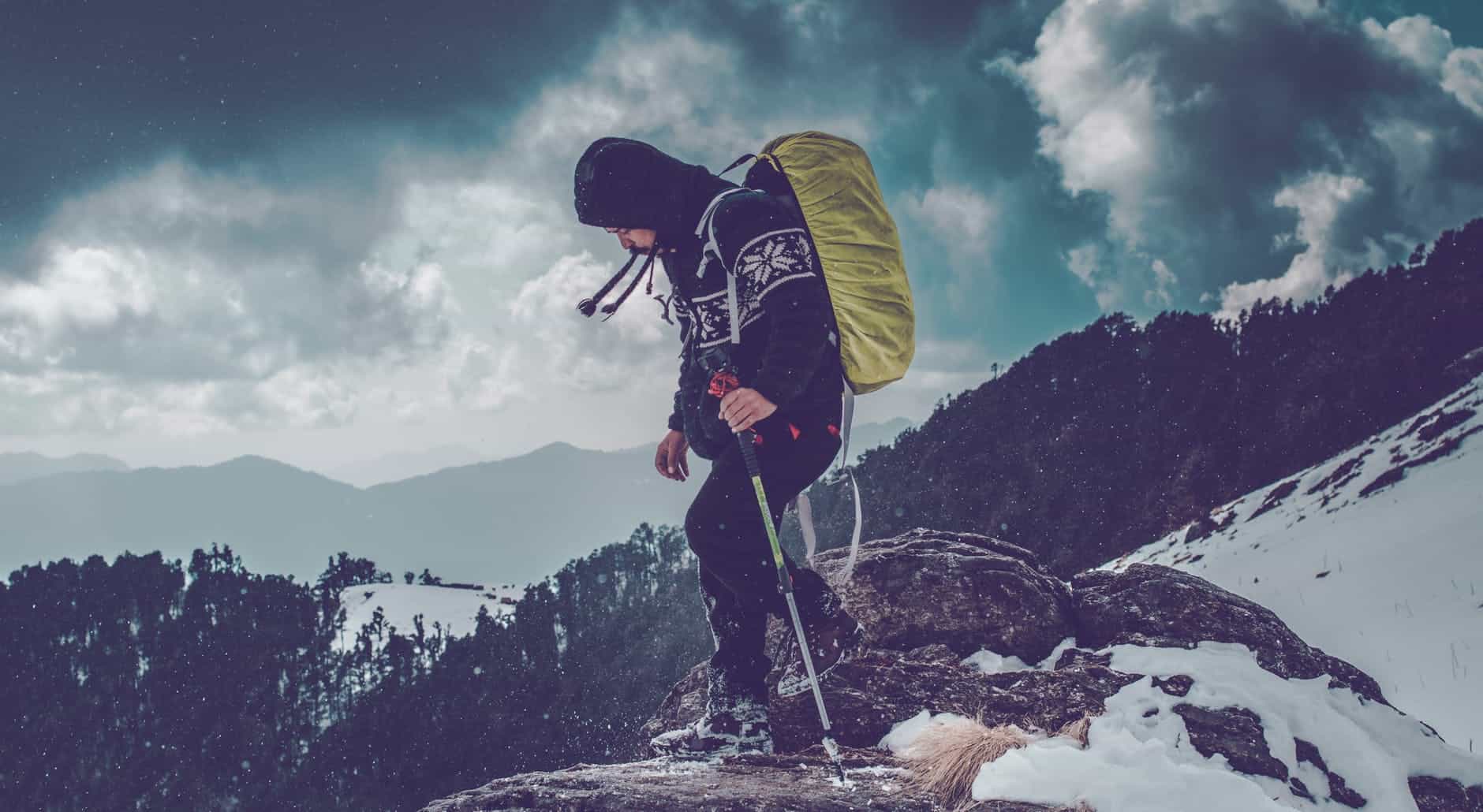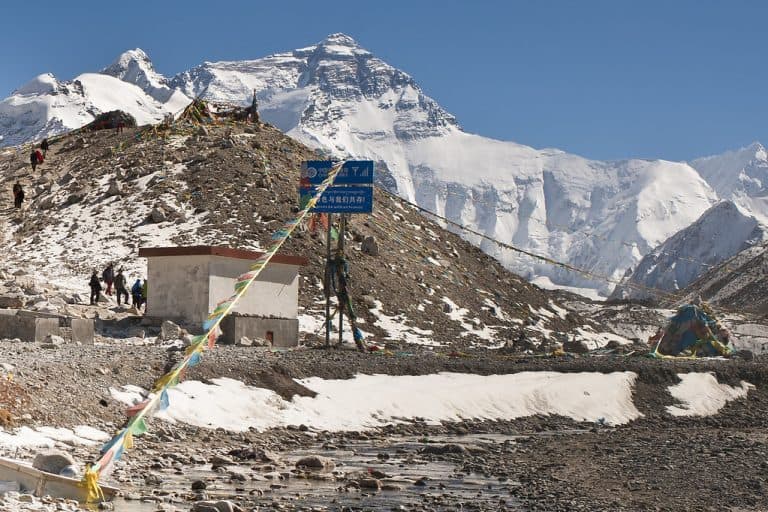We are often getting asked how hard is the trek to Everest Base camp and quite often people think they need to be in perfect fit, but the truth is not that hard to trek to base camp. The trek is over a more extended period in terms of acclimatization to the altitude, and it’s actually quite relaxing with scenery and stunningly beautiful views.
The best and safest way to travel to the Mt. Everest base camp is with a group tour. This is a requirement because you can’t visit in Tibet as an individual.
Usually, the trek is provided from some Chinese travel agency that offers Tibet group tour, since we know you can’t visit Tibet as an individual.
The Tibet group tour trek to Mount Everest usually takes from 14 to 15 days to start from Kathmandu and to get back in Kathmandu.
The best time to trek are these two main seasons being pre and post-monsoon, many Tibet group tour providers get fully booked during these seasons, so you better reserve before the season starts which is March & May and Oct & Nov. It’s also possible to go after or before of these months, but it’s hard to find Tibet group tour providers if you travel as individual since they are waiting to gather a whole group and then reserve the starting date of the tour so they wouldn’t be the most popular times due to the weather.
So here’s a bit of an insight on what you need to pack while going on a Tibet group tour to Mount Everest base camp.
Before you go: Check out Best Hostels in Kathmandu for Backpackers & Hikers!
What to pack when traveling to Mount Everest base camp.
 Here is my advice that you should listen to, do not pack more than 10 kg in your backpack. Make a list and double check your packing bag before you head off and weigh it with at least two or three bottles of water in it you shouldn’t carry more since you are traveling as a group there always will be someone friendly to give you if you run out of the water. One of the hardest things about the hike is the packing for it and making the right decisions on what to bring that you will actually use and what to leave behind. Trust me, make mistakes of packing at the absolute last minute and end up having to carry too much unnecessary stuff and extra weight that they wouldn’t use it even once during the trekking.
Here is my advice that you should listen to, do not pack more than 10 kg in your backpack. Make a list and double check your packing bag before you head off and weigh it with at least two or three bottles of water in it you shouldn’t carry more since you are traveling as a group there always will be someone friendly to give you if you run out of the water. One of the hardest things about the hike is the packing for it and making the right decisions on what to bring that you will actually use and what to leave behind. Trust me, make mistakes of packing at the absolute last minute and end up having to carry too much unnecessary stuff and extra weight that they wouldn’t use it even once during the trekking.
Clothing
Without proper clothing it will be challenging to trek to the base camp, however lucky for you if you don’t own an adequate hiking – trekking clothes there are many shops in Kathmandu where you can rent everything you will need for the trekking for meager prices per day.
Quick dry boxers and a sports bra for women
Long underwear for bottom and top – You need these to wear them as a layer under the trekking pants when it gets too cold.
At least 2 T-shirts – Most of the people prefer every piece of clothing to be quick-dry, but you won’t make a mistake if you bring regular cotton-spandex T-shirts
At least 3 pairs socks – This is a personal opinion so go with however many pairs of socks you feel comfortable with.
Hiking pants – The trekking pants is desirable to be were zip-off so you can wear them as shorts because In lower elevations it does get warmer enough
Accessories for trekking
Sunglasses – A good pair of sunglasses should protect you against the windy weather, the very bright views, where the sun reflects on the melted snow and small debris.
Buff, Balaclava, Neck gaiter, or bandana – I am wearing Buffs because of its many purposes. You use them as a scarf, a headband or a mask to keep out dust. Plus, sometimes you can wear them over your mouth so that the air you breath won’t be so cold and dry. You can find them for really low prices in Kathmandu.
Trekking gloves – There will be only a few occasions that you will need the gloves while trekking. And then you will feel that your pair of gloves aren’t enough to warm your hands. To fix this, you can wear some of the extra pair of socks over your hands until the sun comes up and warms you.
Hiking boots – I have met a good amount of people who have made the trekking in sneakers. So don’t worry you won’t be the first person in history to attempt this trekking with trainers. Although the boots are recommended for those who don’t have the strongest of ankles, they will need the extra support that hiking boots give. You will find different opinions since many experienced hikers actually prefer the comfort, flexibility, and lightweight of cross trainers.
Trekking poles – Poles reduce the impact on your legs, knees, ankles, and feet. This is especially true when going downhill. Plus the extra two points of contact will significantly increase your traction on slippery surfaces like mud, snow, and loose rock which you will come upon all of them while trekking to Mount Everest.

